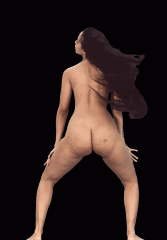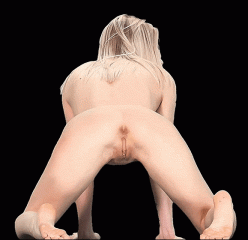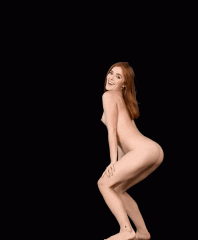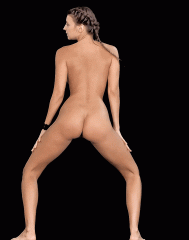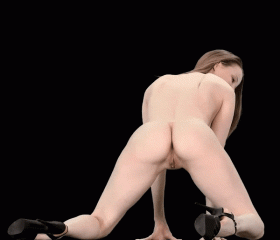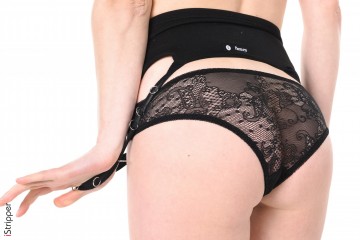Last posts - Page 841
Forum
orclover
Joined in Jun 20121404 post(s)
orclover
Joined in Jun 20121404 post(s)
orclover
Joined in Jun 20121404 post(s)
orclover
Joined in Jun 20121404 post(s)
orclover
Joined in Jun 20121404 post(s)
orclover
Joined in Jun 20121404 post(s)
annhwi
Joined in Mar 200866 post(s)
spiderman101
Joined in Oct 20082163 post(s)
tectro
Joined in Jun 20185 post(s)
wtprivate
Joined in Jul 2017346 post(s)
jt123
Joined in Apr 20081467 post(s)
TheEmu
Joined in Jul 20127424 post(s)
RangerSteve
Joined in Feb 201687 post(s)
SetFuego
Joined in Mar 20082761 post(s)
iambeauteous
Joined in Jun 201593 post(s)

